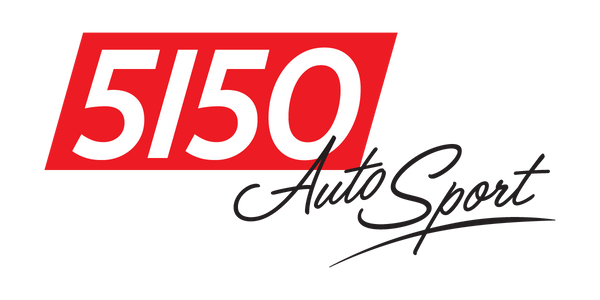
Piston Slap & Offset Wrist Pin Design
Overview
Engine Builders typically utilize increased piston-to-wall clearance when assembling a high performance, boosted engine to account for increased power levels, combustion temperatures, and varying thermal expansion properties between the engine block and aftermarket piston materials.
In engines with increased piston-to-wall clearance, a phenomenon known as ‘Piston Slap’ is common during cold starts. The increase in clearance allows the piston to rock back and forth in the cylinder bore, causing the piston to ‘slap’ the cylinder wall; in more technical words, as the piston moves down the cylinder during the downward powerstroke, the piston’s lower skirt makes contact with the cylinder wall, making a slight, dull tapping noise, sometimes known as ‘False Knock.’
While Piston Slap is common in engines with increased clearances during cold starts, this will affect engines that use acoustic knock detection. Additionally, while piston slap is not necessarily harmful to the engine or overall performance, it can make for a louder, less comfortable operation.
To correct for Piston Slap and quieter operation, aftermarket piston manufacturers use an Offset Pin Design, which relocates the location of the piston wrist pin, reducing Piston Slap. To better understand this phenomenon, it is important to know about Powerstroke and Side Thrust, which we have broken down for you in the following sections:
Powerstroke vs. Compression Stroke
Powerstroke is the downward motion of the piston, connecting rod, and crank journal, caused as hot expanding gasses force the piston head away from the cylinder head. Piston force and subsequent motion are transferred through the connecting rod to apply torque to the crankshaft. This torque initiates crank rotation.
Compression Stroke is when the piston, connecting rod, and crank journal move upward, towards the cylinder head. The upwards motion of the piston compresses the air-fuel mixture within the cylinder before ignition.
Piston Side Thrust
During the Powerstroke, the combination of the downward force of combustion and the connecting rod angle force the piston against one side of the cylinder wall much more than the other. The side of the piston which experiences much greater force against the cylinder wall during Powerstroke is known as the Major Thrust Side.

While the piston also experiences force during the compression stroke, it is much lower than the forces of the power stroke. The forces of the compression stroke force the piston against the opposite side of the cylinder wall, known as the Minor Thrust Side.

Typically, aftermarket piston manufacturers utilize wider, stronger skirts on the Major Thrust Side of the piston to compensate for the increased abuse this side experiences. As well as, Offset Wrist Pin design to compensate for this inequality in force.
Offset Piston Wrist Pin Design
According to physics, reduced Rod Angularity leads to lower piston thrust forces and therefore lower frictional losses during the period of maximum cylinder pressure; the piston has a more straight upward / downward path within the cylinder, meaning lowered major thrust force for lower friction and minimized knock.
Reduced rod angularity can be achieved by offsetting cylinder axis from crankshaft axis, keeping rod angle at a minimum while cylinder pressure is at a maximum. This effect can be replicated with aftermarket pistons that use Offset Wrist Pin Design, where the pin bore is slightly offset to one side; the major thrust side of the engine.

Wrist Pin Bore Offset allows for the same rod to crank axis geometry as an engine designed with offset cylinder axes.
The amount of bore offset is determined by many variables, including the ratio of crank throw to connecting rod length and angle after Top Dead Center (TDC), at which maximum cylinder pressure occurs. With the right engineering, the optimal offset will result in the optimal rod to crank angle.
The main benefits of improved rod to crank angle include reduced piston rocking within the cylinder (aka 'Piston Slap') and optimized torque output for more power. This is achieved by reduced friction between the piston skirt and the cylinder wall during power stroke. Reduced friction and optimal torque output mean more efficient power output by the engine.
